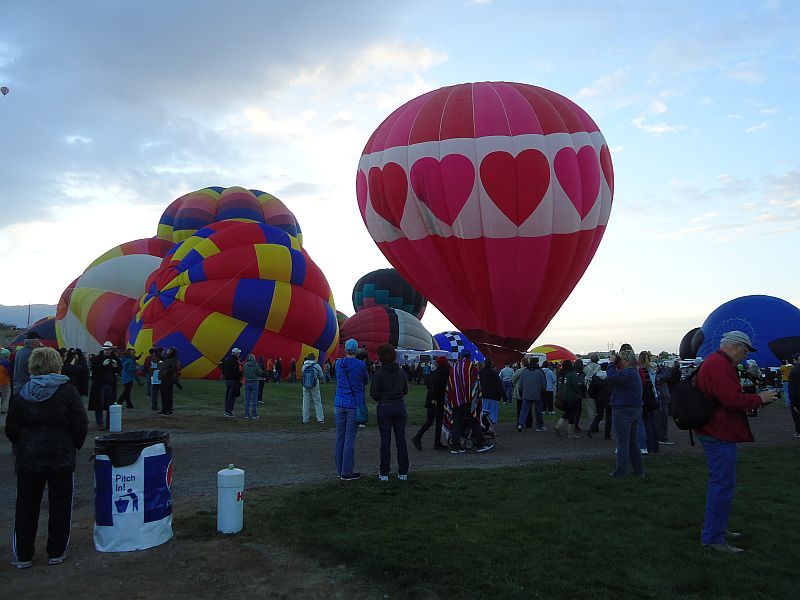

It shows us that where the surface tension is equal and wall thickness negligible, the pressure inside a bubble is inversely proportional to its radius of curvature. ΔP is the pressure difference between the interior and exterior of the droplet or bubble, γ is the surface tension, and r is the radius. ΔP = 4γ /r for a bubble with an inside and an outside surface ΔP = 2γ /r for a droplet with one surface With various types of sensor data, doctors can have a more intuitive and comprehensive understanding of the patient's profile, improve their judgment of the disease, and give proper treatment plans.Laplace's Law for the pressure in spherical bubbles and droplets tells us that: After that, the system performs lossless restoration, which plays a high-fidelity restoration of the endoscopic hologram data. The optimized data can significantly improve transmission speed and efficiency.
#GAMMA V RISING BALLOONS CODE#
The system can solve the coding redundancy in digital content where the word code is greater than the entropy of the optimal coding formation spatial redundancy caused by correlation between adjacent pixels temporal redundancy caused by the existence of a correlation between different frames in the sequence, spectral redundancy caused by correlation brought by different colors or spectra, etc. With WiMi's holographic digital content compression and processing system, coding redundancy, spatial redundancy, temporal redundancy, and irrelevant information can be eliminated. The medical field requires high image quality, so lossless compression algorithms must be used. The high data volume and correlation of hologram acquisition imaging technology require redundant lossless data compression.
#GAMMA V RISING BALLOONS SOFTWARE#
The host management software sends instructions to receive the lossless compressed digital content, decodes the compressed digital images, and displays the 3D holographic endoscopic graphics. The parallel processing of data improves the transmission efficiency of holographic high-precision images of the system. The CPLD writes the collected holographic data images to multiple parallel memories and compresses them through the controller. The hologram acquisition endoscope receives the image acquisition command and controls the CPLD to acquire the data.


The host control system sends commands, and the system management software wirelessly transmits these commands to the hologram acquisition endoscope. Hologram data acquisition is the system's core function.

The system allows continuous holographic data collection and control of temperature, pressure, humidity, and light sensing. It achieves holographic lossless digital image compression and wireless data transmission, including the acquisition and control of system data such as pressure, temperature, and light sensing. The image undergoes compressed transmission processing and is wirelessly transmitted to the host, which then forwards the compressed data to the host system for display through hologram restoration management software.Įquipped with a CPLD chip and a high-precision CMOS lens, the hologram acquisition endoscope is designed for hologram capture and data and address bus management. The system includes a host and a hologram acquisition endoscope that captures the original image. This integrated microsystem facilitates the capture, processing, and execution of holographic digital information, offering multiple functions. (Beijing, China) is developing a CPLD wireless endoscopy system that relies on a microelectromechanical system composed of microsensors for detecting external digital information, controlling actuators, signal processing, and communication interfaces, along with control circuits and power supplies. A new holographic imaging-based endoscopy system for Complex Programmable Logic Device (CPLD) aims to advance the miniaturization of medical devices and the development of medical optoelectronic microsensors.


 0 kommentar(er)
0 kommentar(er)
